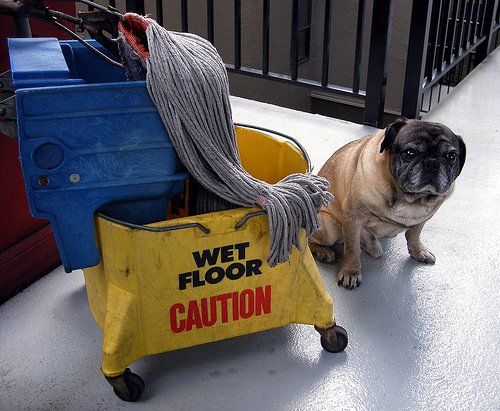A severe grade II ankle sprain last week, a couple of years of training in Brazilian Jiu-Jitsu, and lifetime of being physically active wherever I am, has taught me a thing or two about getting hurt. A few broken noses, fractured ribs, and countless sprains, pulls, to name some. Some of these (broken nose, ribs) I discovered years later since I never went to the doctor for any of them.
I’m not reckless, clumsy, or a masochist, but have had to rely on a number of books and my instincts because many times I wasn’t near a reliable doctor or hospital. Traveling can easily put you in a situation where you can’t find, afford, or want the local medical assistance.
None of these tips aren’t going to cure all ailments, replace professional medical advice, or be especially surprising for many of you. These general steps in Part 1, and Part 2 Monday, will help you evaluate your injury and get you healing faster and back to traveling – or at least until you can get to a doctor.
1. Evaluate
The instant you get hurt and recover from the initial pain, take a moment to listen to your body. Don’t shake a hurting joint or immediately pop up from a fall. Check to make sure no bones are protruding (indicating a break) and slowly determine the range of motion you have in the joint. More than pain, range of motion will tell you how bad the injury is. (Sprains and muscle injuries can damage nerves so you won’t feel much soon after getting hurt.)

2. The First 48 Hours
How you handle an injury immediately after suffering it and the ensuing 48 hours will largely determine how fast you’ll be able to recover. Don’t mess around or try to do too much in order to stick to your 8 minute travel plan or squeeze in one more site as you hobble around.

3. Feed Your Injury R.I.C.E.
R.I.C.E. stands for rest, ice, compress, and elevate. One of your body’s responses to injury and effects of broken blood vessels is swelling. Swelling and inflammation cause the joint to be rigid and take your body work longer to clean out debris and ultimately heal. The faster you can control and reduce swelling by applying ice the better. Remember, the more you swell, the slower you heal. Wrap you joint with a small travel essential sock if you’ve got nothing else handy and keep it 6 inches above your heart as long as you can.
An additional note that while you’re eating rice, try to avoid alcohol. It will increase swelling and bruising.

Don’t Neglect The First 2 Days
That doesn’t mean you aren’t tough (for those of you with pride issues or simply hate unexpected events throwing off your plans) for taking care of an injury. No one is made of steal and the faster you accept this and begin first aid the quicker you’ll heal and be back to hiking, hitchhiking the outback, or strolling around Stanford.
In Part 2 Monday I’ll go over some basic quick rehab to perform during and after the critical first 48 hours to manage your discomfort and get back to 100% again.
[photos by: zoomar, Pete Lanbert, u m a m i]











